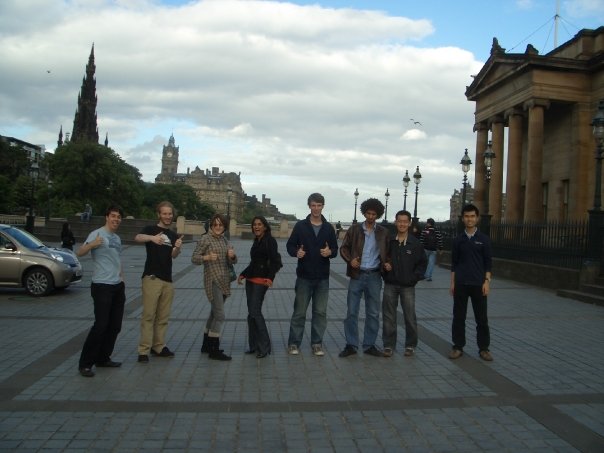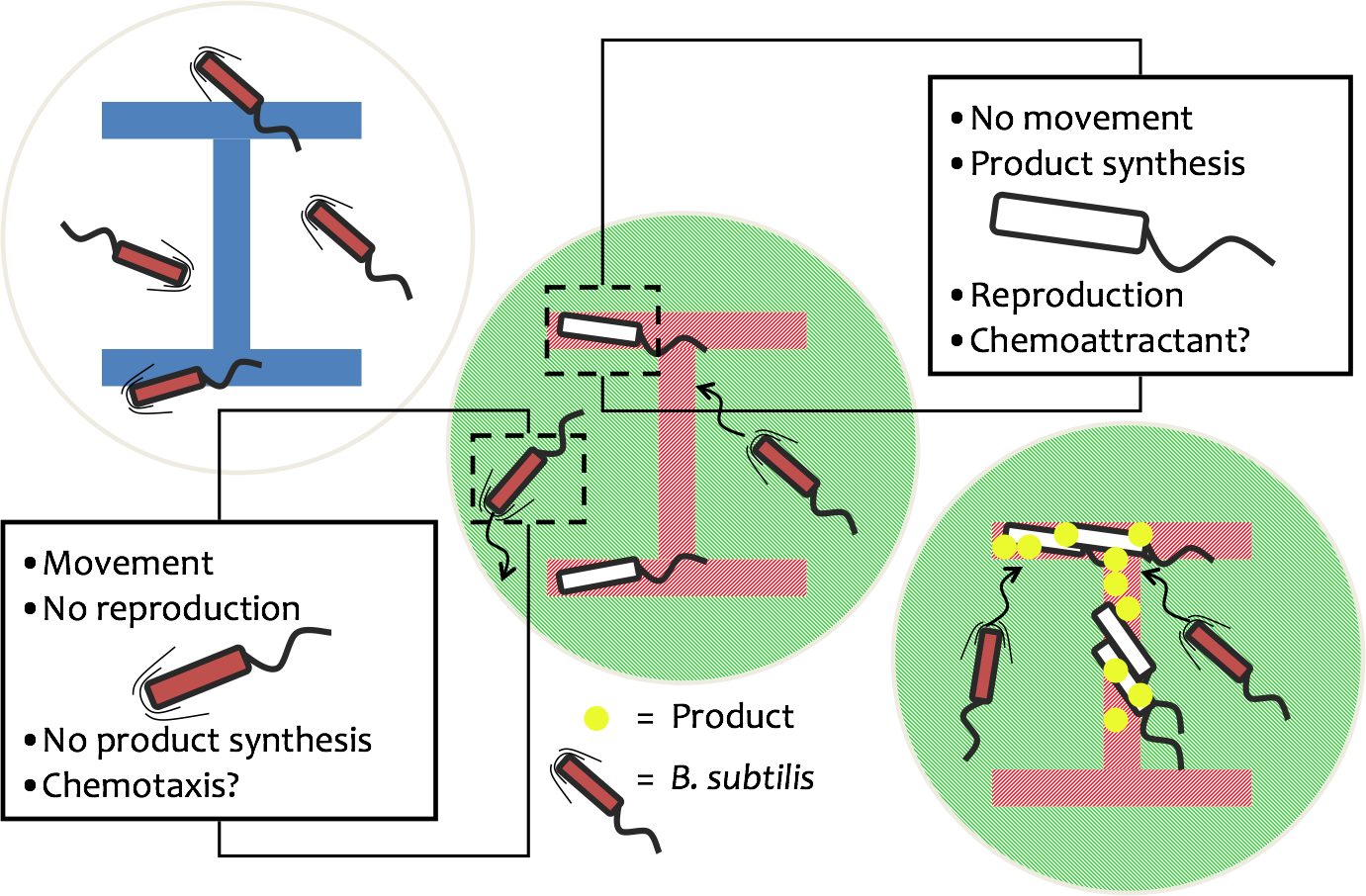Welcome to the Imperial 2008 iGEM team's main project page. It's Wednesday, December 18 and a great day to read about an awesome iGEM project!
| For the 2008 iGEM competition, the Imperial College team is working on the foundations for a bioprinter. We are using the Gram-positive Bacillus subtilis bacterium as our chassis (for a variety of reasons) and hope to exert fine control over its movement via a recently-discovered clutch mechanism[http://www.sciencemag.org/cgi/content/full/sci;320/5883/1636]. Using light as a stimulus to localise the bacteria, we then intend to trigger production and secretion of a self-assembling bio-scaffold material in a set pattern. The project was inspired by 3D printers used in fabrication of prototypes for manufacturing, and our "blue-sky" aim is to design a 3D bioprinter!
|
| The Team |  |
|
| The Imperial College 2008 iGEM team consists of nine undergraduates (five bioengineers, three biochemists and one biologist), five advisors and two professors. You can find out more about the team members at the team page.
|
|

| This diagram gives a basic overview of how we intend our system to work. In the starting phase, B. subtilis are motile and are not producing our desired product - they swim freely in the medium. If we want to construct a bio-scaffold with an "I" shape, we shine light of the correct wavelength (red is used as an arbitrary example here) in the desired shape onto the plate.
Bacteria within this area will sense that light, and production of a clutch molecule (EpsE) will be triggered. This disengages the flagella from the motor quite quickly, rendering the subtilis stationary.
Coupled with EpsE is a gene for expression of peptides for our bio-scaffold material, so they will start producing them when in the area. Should any individuals stray from the correct area, the clutch should disengage and material synthesis should stop. We had also considered engineering B. subtilis to release a chemoattractant to bring in "reinforcements" and improve localisation, but this may be beyond the scope of our project.
3D bio-scaffold materials have many applications in tissue engineering and regenerative medicine. We hope to build up our bio-scaffold material pixel by pixel in the defined area - the basis of our 3D bioprinter.
|
Test page and storage for random parts - Also see here for intro to editing the Imperial Wiki
[[Team:Imperial_College/{{{1}}}|< Previous]]
|
| [[Team:Imperial_College/{{{2}}}|Next >]]
|
|